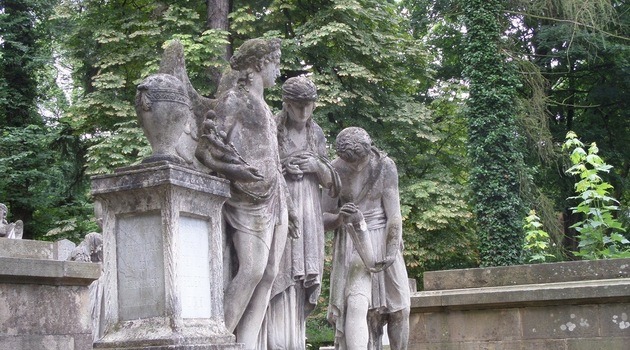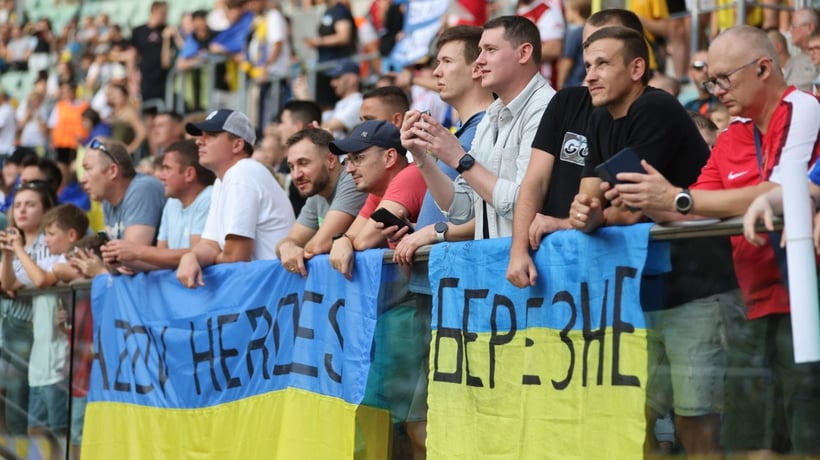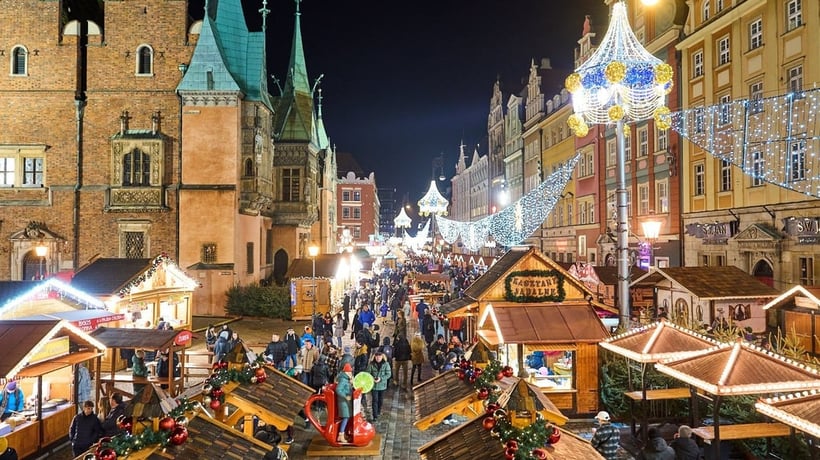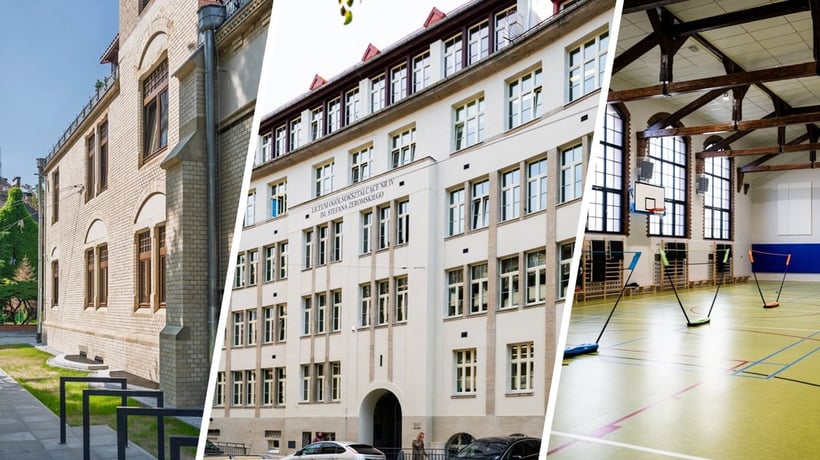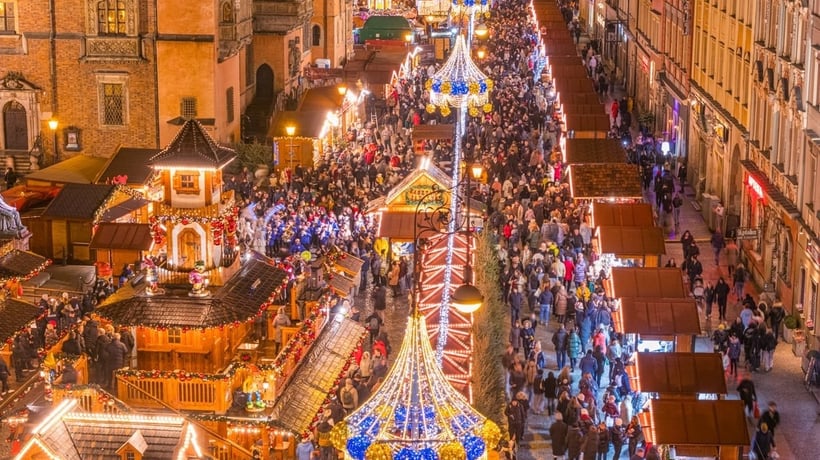Established in 1786, the Łyczakowski Cemetery is one of the oldest necropolises existing in Europe till today. It is located on picturesque hills in the eastern part of the city and contains around 300,000 graves, including 2,000 stone tombs and 23 burial chapels. Around 500 statues and reliefs were erected on the graves. Accurate cemetery records that make it easier to find a given place of burial were introduced only in 1885.
Alley of Honour
Crossing the cemetery gate, we feel that graves are not arranged according to one specific plan. Not parallel, without straight lines, one grave is perpendicular to another. Nevertheless, this chaos creates a unique place with a paradoxically cosy atmosphere. Some of the graves are already overgrown with moss. The stones are crumbled, the slabs are mouldy, and inscriptions have faded away here or there. In many places, orderly alleys are replaced with steep and winding paths. Graves are real architectural gems – unique, sad and nostalgic sculptures and memorial plaques with personal confessions of relatives. And when you enter the Alley of Honour, reading names on some graves is like scouring an encyclopaedia: Konopnicka, Ordon, Szajnocha, Zapolska, Mosing and dozens of others.
Love token
One of the first sights that attract our attention immediately upon entrance is the statue of a sad girl who leans against the cross with her head down. It is Artur Grottger’s grave. The biography of the most famous Polish Romantic painter is an ideal screenplay for a melodrama. Already as a well-known artist, Grottger met a 16-year-old girl Wanda Monne at one of the parties in the Lviv Rifle Association. The passionate love of the young Polish patriot and the painter was not accepted by the girl’s family because Grottger constantly had financial problems in spite of his fantastic artistic output. However, the pair did not want to forget about each other and they continued to meet secretly. In 1867, hoping for success, the painter went to Paris, where he finished work on one of his most famous cycles: ‘War’. He sold his paintings to the Austrian Emperor Francis Joseph. However, he never returned to his fiancée – in December 1867, he died of tuberculosis. After a few months of raising money, Wanda managed to bring Grottger’s body back to Lviv. He was buried in the place that he had chosen himself during one of the romantic walks with his lover. The artist’s fiancée posed for the sculpture of a mourning girl, and the grave contains an inscription: ‘Hallowed Be His Memory. This Monument is erected by Wanda’.
There are thousands of such moving souvenirs of the past on the Łyczakowski Cemetery. These are not ordinary graves bearing only the name and the date of death – these are unique stone farewells. Another memorable example is the grave of a mother who died a few weeks after the death of her two children. Their grave bears a poetic inscription written by the bereaved father and husband: ‘Not sparing her efforts till the very end, the mother saved her children’s lives. When she couldn’t keep them here on Earth, she followed them to the grave. He who has lost everything in their death erects this monument to his two sons and wife.’
Unforgettable crime
Going farther down the old part of the cemetery, we can easily overlook an iron cross with a small plaque. It is the grave of Lusia Zarembianka – the victim of the most infamous Polish crime story in the interwar period (1918-1939). The 17-year-old daughter of a well-known Lviv architect was murdered in her own bed. The main suspect became the governess Rita Gorgonowa, who had an affair with the girl’s father. After a short lawsuit based on circumstantial evidence, which is said to have received largest press coverage in the interwar Poland, Gorgonowa was sentenced to death in an atmosphere of lynch. However, after a number of appeals, the verdict was changed into a long-term imprisonment. Gorgonowa never pleaded guilty, and some threads of the case have never been explained (other suspects were a boy who had fallen in love with Lusia and had been rejected by her, as well as a gardener).
Cemetery of Eaglets
Near the end of the cemetery, there is a special place. Slopes of the hill are covered with thousands of identical crosses with white-red ribbons. This is the Cemetery of Polish Eaglets – it contains graves of young volunteer soldiers who died in the battles of Lviv and the Eastern Małopolska in the years 1918-1920. Half of almost 3,000 soldiers buried there are secondary and higher school students. In fact, one day is not enough to see everything at the Łyczakowski Cemetery, so many people keep coming back to this place and learn new stories every time. Unfortunately, time knows no mercy; sandstones crumble down, inscription fade away, and Ukrainians make efforts to conceal Polish traces in Łyczaków, too. This is why visiting this cemetery is the only way to maintain the presence of Poland there.
